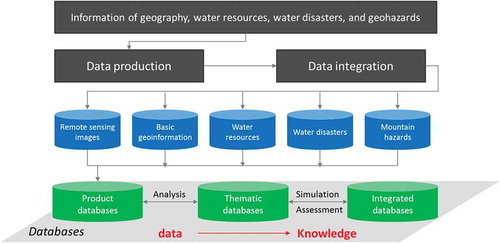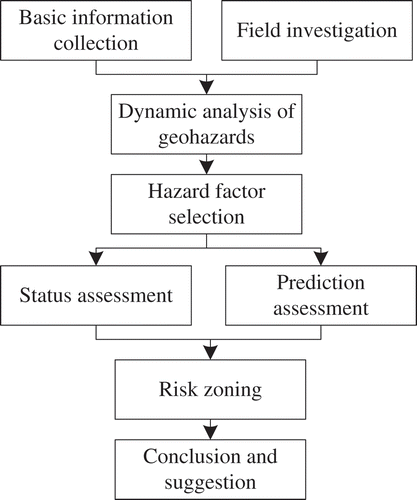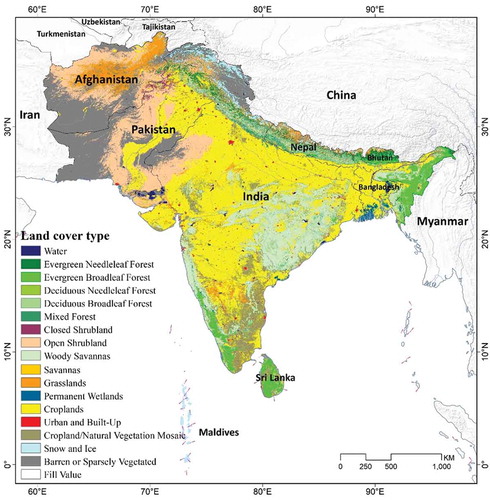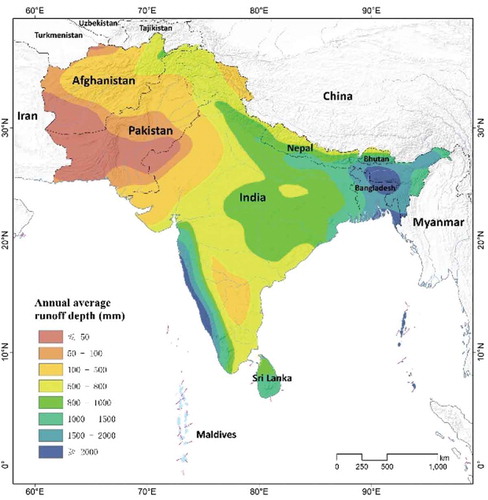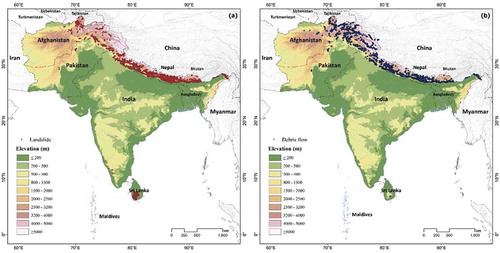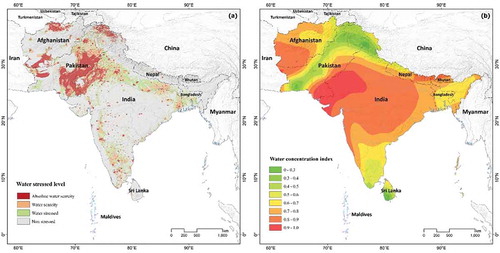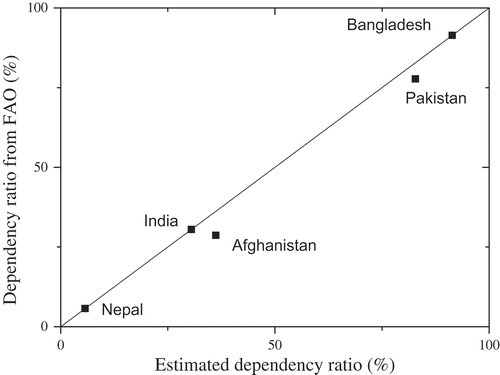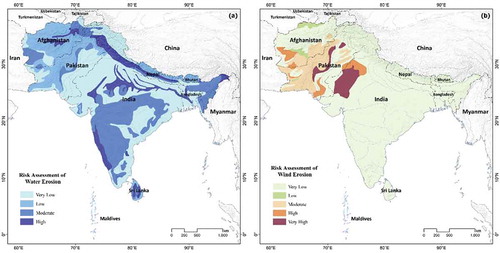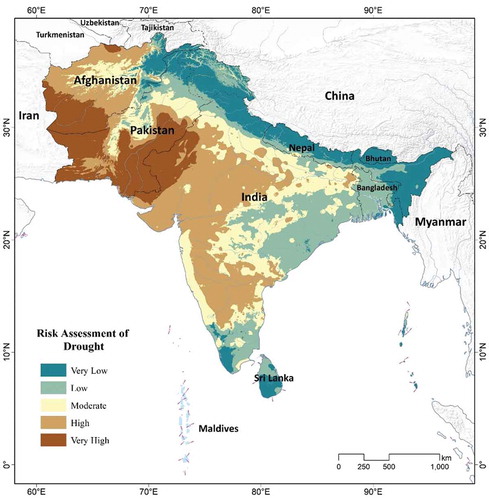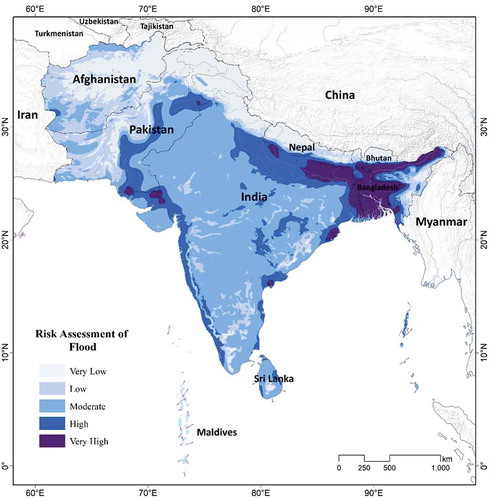Figures & data
Figure 1. Location of South Asia with its elevation profiling – A 30 m spatial resolution Shuttle Radar Topographic Mission, Digital Elevation Model Data was used to prepared elevation profiles.
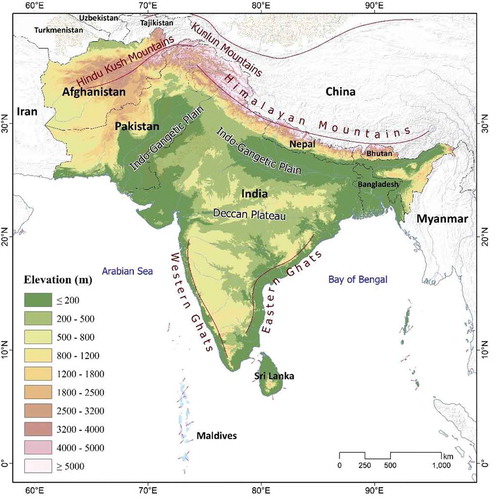
Table 1. Information of hydrological stations used in the validation.
Figure 3. Comparison between the estimated runoff depth by SCS model and the observations from hydrological stations.
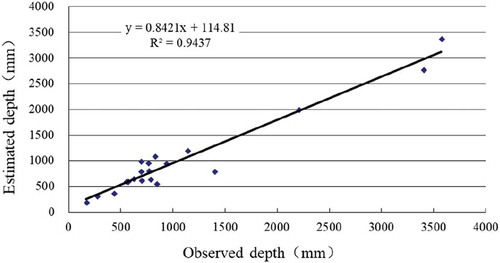
Table 2. Indicators for the flood and drought risk assessment.
Table 3. Indicators for the risk assessment of landslide and debris flow.
Figure 5. Annual average air temperature condition in South Asia. (a) Annual average air temperature; (b) annual average air temperature in January; (c) annual average air temperature in July.
(Source: Worldclim v 1.4, http://www.worldclim.org/current).
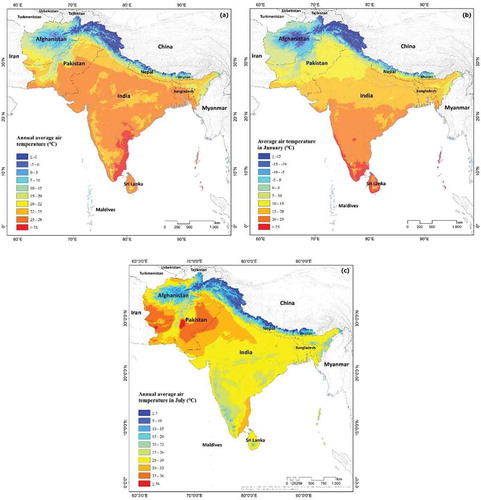
Figure 6. Annual average precipitation (a) and drought degree (b) in South Asia during the last 30 years.

Figure 7. Total precipitation of (a) dry season (March–May) and (b) monsoon season (June–August) acquired from TRMM precipitation product in 2008 (Li, Zhao, & Deng, Citation2015).
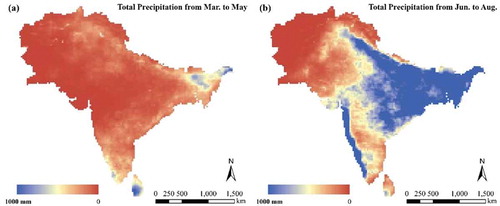
Figure 11. Topographically distribution of landslides along the central Himalayas (Zhang et al., Citation2016). Note: The yellow bars represent the number of landslides.
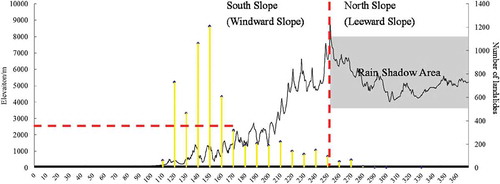
Table 4. Country level water use intensity in the South Asia.
Table 5. Water resources dependency ratio in the South Asia.

